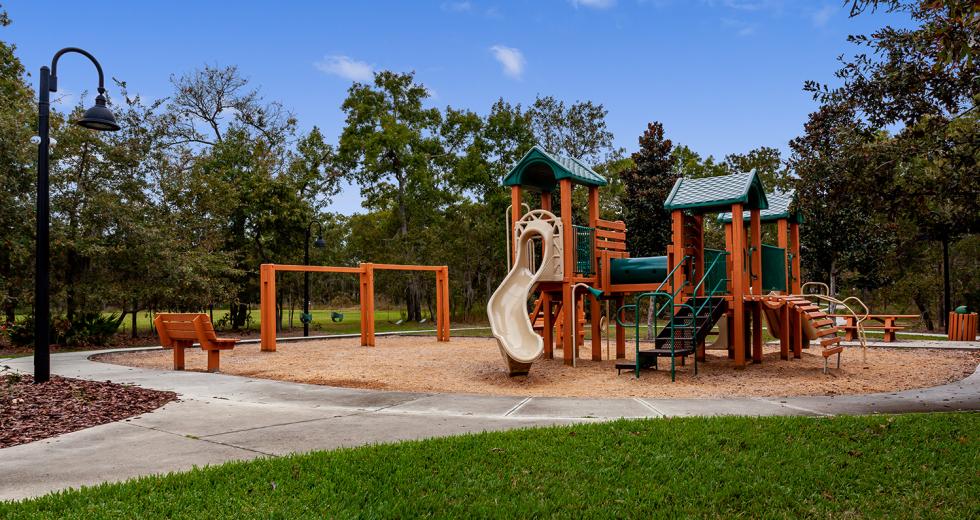Everyone knows the Sacramento area, along with the rest of California, has a severe housing shortage. Gov. Gavin Newsom has even called on builders to construct a long overdue 3.5 million housing units statewide between now and 2025 — about 500,000 per year. In the past five years, 518,600 units have been built.
But there’s a reason our industry was unable to respond years ago to the need for more homes and apartments. It is difficult to build anything — especially homes and apartments — in California. Even simple projects like constructing a playground come with frustrating hurdles.
Our homebuilder association, the North State Building Industry Association, represents builders in the greater Sacramento area. We have a year-long leadership development program for future leaders called BUILD (Building Universal Industry Leadership and Development), which among other things requires participants to complete a group community service project and give back to the community.
For this year’s project, the group elected to build play equipment and a shade structure at a veterans apartment complex in Sacramento County to give children a safe area to play and allow parents to have a shady spot to keep an eye on them. The apartment complex is run by the Volunteers of America, Northern California and Northern Nevada chapter, and has offered transitional housing for veterans for 15 years. The shade structure would require a permit, so the class enlisted an experienced professional, Craig Sarmento, a construction specialist with Villara Building Systems, to help them obtain the permits and the sign-offs needed.
With the hot Sacramento summer ahead, the group decided to build the shade structure first. The structure, purchased at a local Costco, was a 12-foot-by-14-foot aluminum roof supported by four posts. Craig showed up at the appropriate Sacramento County office with a plot map and two packets he had printed from the website, and let the receptionist know he was there for an over-the-counter permit. She asked him to fill out a commercial permit application, gave him his number and told him to have a seat.
Ninety minutes later, Craig was called to the window and showed the clerk the manufacturer’s packet for the shade structure and his plans. Her response was that the structure would need engineering and footings. After some debate about the need for engineering because it was a manufacturer’s product with operating instructions, and that there should be a minimum footing size, he thanked the clerk and left to reassess and determine what needed to be done.
Craig obtained the engineering calculations for the footings and met with a friend who was a plumbing and mechanical plan checker for the county to go through the rest of the paperwork to ensure he had all the items he would need for the permit. Reassured, Craig headed back to the county office, positive he would be leaving with the counter permit. But he continued to face challenge after challenge. In all, the runaround continued for eight days and required 10 trips to the county permitting office. Craig spent more than 20 hours at the office and the permits cost $200 more than the shade structure itself — all for a community service project, backed by Volunteers of America and our own HomeAid Sacramento charity.
For Sacramento County residents who could use our help, we’ve decided after this experience that we will need to be selective about the venue in which we build projects.
The story of the BUILD class and its community service project highlights just some of the challenges in California. Building housing costs far more in fees and permits and takes far more time than putting up a simple shade structure, and that drive up the costs of building the homes and apartments our state so desperately needs, further increasing the gap in affordability.
If there are positives from this experience, it’s that county officials have told us they are using this example as a learning tool to try to help streamline the process for projects like this and our future leaders learned first-hand the challenges we face as an industry. They now have a much better understanding of the importance of the work that their BIA is doing to make it possible to build more housing in a state that needs it so badly.
The state and region’s housing crisis is real. Homebuilders are willing to work with local and state officials to remove unnecessary obstacles to build a broad mix of well-planned housing. If we develop common-sense solutions to speed development times and reduce costs, our industry will be able to provide the homes and apartments we so badly need.
—
Michael Strech is the President and CEO of the North State Building Industry Association.



